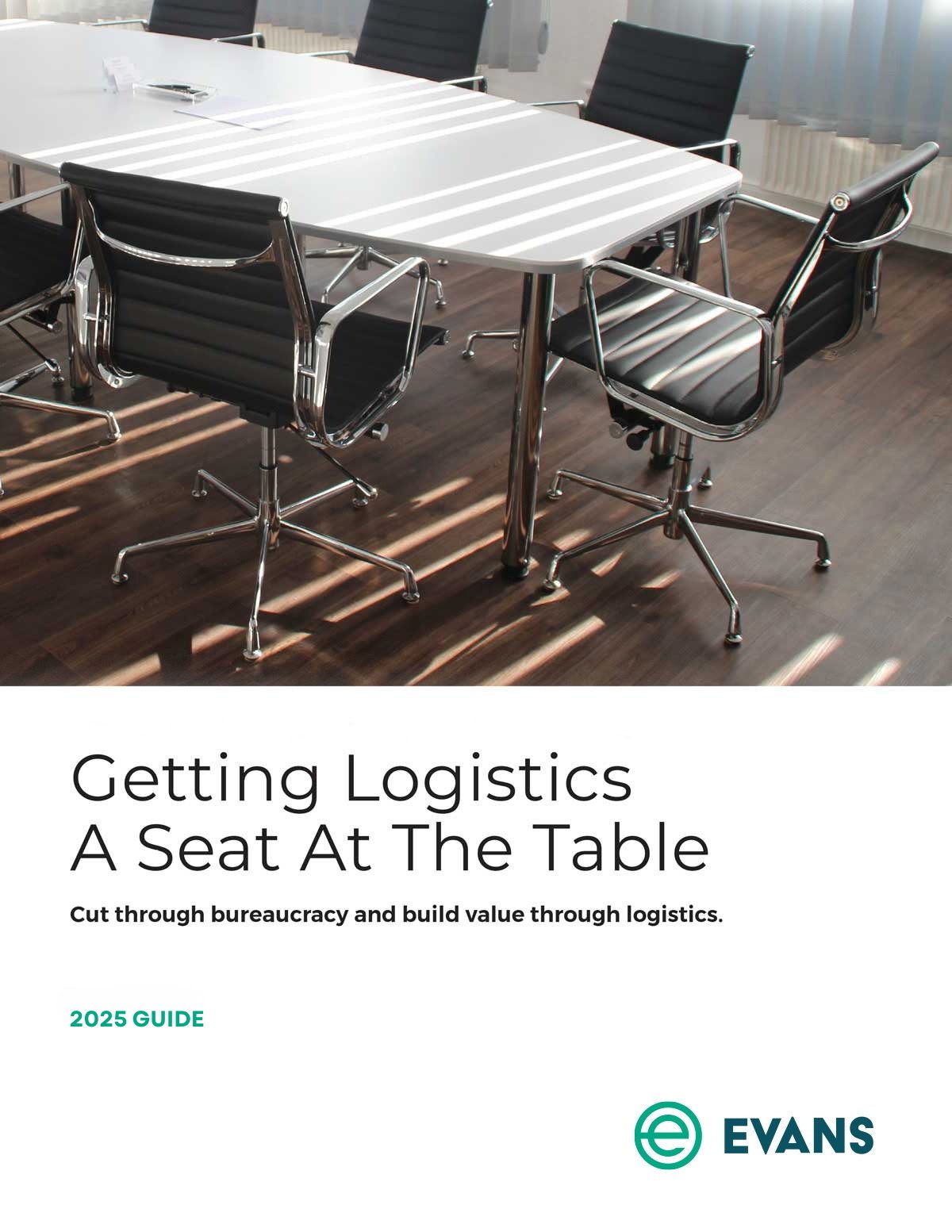When shipping large or heavy freight, don’t let information about equipment, drivers, timing, or potential risks get by you.
Details matter when you are shipping large or heavy freight. Every inch or pound over the legal limit could mean more transportation challenges — and more money that you have on the line. To ensure the smoothest experience shipping your freight, even the most basic factors require attention to detail. Here are 4 important details you should not overlook when shipping large or heavy freight.
1. Equipment type
Utilizing the right equipment or trailer configuration is crucial when shipping your large or heavy freight.
One of the most common trailers used is a flatbed trailer. The term flatbed may also include several different varieties of trailers such as bulk heads, sidekits or even stretch-flats. The most basic, however, is just a 48’ or 53’ flatbed trailer. These versatile trailers allow for bulky or odd-sized products to be easily loaded or removed.
Step-deck trailers, sometimes called drop deck trailers, are useful when you have tall shipments. The lower deck allows your tall shipment to ride safely and securely, either under the legal limit, or at least reducing your overall height — which is important for permitting tall loads. Although not common, sometimes step-deck trailers even come with ramps.
Removable gooseneck or (RGN) trailers are the most common option in heavy haul. This is because machinery is easily driven on and off the multi-axel RGN trailers. You can also utilize a stretch trailer to accommodate extra length should your item not fit into the well of the trailer.
The number of axels needed varies based on size, weight, and state requirements.
I-beam trailers, although uncommon amongst most carriers, provide the lowest overall loaded height. These adjustable trailers are predominately used for hauling machinery with wheels and tracks. The beam slides underneath the frame and lifts the machine inches off the ground. The carrier can adjust the trailer height up and down to ensure your load is moved safely but still achieving the lowest possible height to keep permit costs down.
2. Drivers
Even the best equipment can’t make up for an inexperienced driver. Elite drivers boast 10 or more years on the road. These drivers are the best of the best. They are highly competent in everything from load securement to on-time delivery.
But the pool of specialized drivers is small.
You need to get to the right people, right away. While you could take time to interview various companies about their drivers to make sure they don’t allocate your move to an unexperienced driver, your search could run on for weeks. We have developed long-term relationships with companies that allow us to access the right people, right away.

